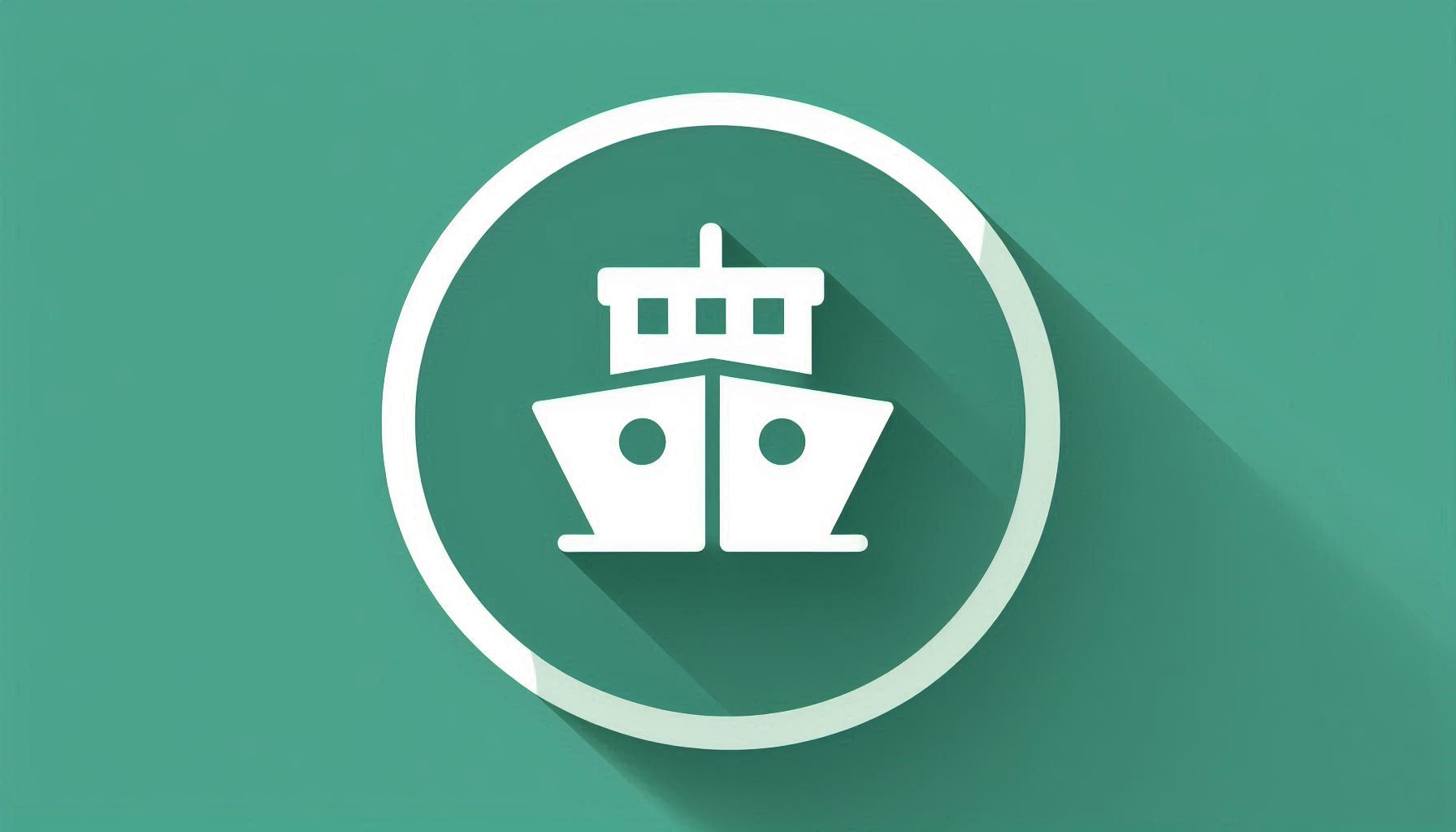New Maritime Alliances and Competition in a New Economic Environment

Downloads
Downloads
Zhang H, Zhao X. Quantitative Analysis of Organizational Behavior of Container Shipping in the Upper and Middle Reaches of the Yangtze River Based on Hub-and-Spoke Network. Journal of Coastal Research. 2015;73(sp1):119-125.
UNCTAD. Ad Hoc Intergovernmental Group of Port Experts. Port Marketing and the Third Generation Port. Geneve; 1992.
Rodrigue JP, Notteboom T. Looking inside the box: Evidence from the containerization of commodities and the cold chain. Maritime Policy & Management. 2015;42(3):207-227.
Hoyle BS, Hilling D, editors. Seaport Systems and Spatial Change, Technology, Industry and Development Strategies. Chichester: John Wiley & Son; 1984.
Parola F, Satta G, Panayides PM. Corporate strategies and profitability of maritime logistics firms. Maritime Economics and Logistic. 2015;17(1):52-78.
Cariou P, Ferrari C, Parola F. Strategies in maritime and port logistics. Maritime Economics and Logistic. 2015;17(1):1-8.
Yang Y, Chen S. Determinants of global logistics hub ports: Comparison of the port development policies of Taiwan, Korea, and Japan. Transport Policy. 2016;45:179-189.
Cheong I, Suthiwartnarueput K. ASEAN’s initiatives for regional economic integration and the implications for maritime logistics reforms. International Journal of Logistical Management. 2015;26(3):479-493.
Bergqvist R, Turesson M, Weddmark A. Sulphur emission control areas and transport strategies – the case of Sweden and the forest industry. European Transport Research Review. 2015;7(10):1-15.
Liwång H, Sörenson K, Österman C. Ship security challenges in high-risk areas: manageable or insurmountable? WMU Journal of Maritime Affaire. 2015;14(2):201-217.
Hall P, Clark A. Maritime Ports and the politics of reconnection. In transforming urban waterfronts: fixity and flows. In: Desfor G, Laidley J, Stevens P, Schubert D, editors. Transforming urban waterfronts: fixity and flows. Abingdon: Routledge; 2010.
Brooks MR, Culliname K. Introduction. In: Brooks MR, Cullinane K, editors. Devolution, Port Governance and Port Performance. Research in Transport Economics, 2007;17:3-28.
Dooms M. Crafting the integrative value proposition for large scale transport infrastructure hubs: a stakeholder management approach. Vubpress Brussels University Press; 2010.
Ducruet, C. Spatial structure and dynamics of port cities: from local to global [in French]. M@ppemonde. 2005;77(1):1-6.
Guericke S, Tierney K. Liner shipping cargo allocation with service levels and speed optimization. Transport Research Part E. 2015;84:40-60.
Zheng J, Sun Z, Gao Z. Empty container exchange among liner carriers. Transport Ressearch Part E. 2015;83:158-169.
Debrie J, Raimbault N. The port-city relationships in two European inland ports: A geographical perspective on urban governance. Cities – International Journal of Urban Policy and Planning. 2016;50:180-187.
Guerrero D, Rodrigue JP. The waves of containerization: shifts in global maritime transportation. Journal of Transport Geography. 2014;34:151-164.
Zheng J, Gao Z, Yang D, Sun Z. Network design and capacity exchange for liner alliances with fixed and variable container demands. Transp Sci. 2015;49(4):886-899.
Hesse M, Rodrigue JP. The Transport geography of logistics and freight distribution. Journal of Transport Geography. 2004;12:171-184.
Brooks MR. The governance structure of ports. Review of Networks Economics. 2004;3(2):168-183.
Yeo H. Participation of Private Investors in Container Terminal Operation: Influence of Global Terminal Operators. The Asian Journal of Shipping and Logistic. 2015;31(3):363-383.
Christensen LT. The return of the hierarchy: SOEs in marketisation. International Journal of Public Sector Management. 2015;28(4-5):307-321.
Panayides PM, Cullinane K. Competitive advantage in liner shipping: a review and research agenda. International Journal of Maritime Economics. 2002;4:189-209.
Cabral AMR, Ramos FDS. Cluster analysis of the competitiveness of container ports in Brazil. Transportation Research Part A. 2014;69:423-431.
Pérez Fiaño JE. Port infrastructure and logistics of interoceanic regional transport. Paper presented at: Conf. Foro Iniciativa Cuenca del Pacífico; 2007 Jan 29; Cali, Columbia.
Van de Voorde E, Vanelslander T. Market Power and Vertical and Horizontal Integration in the Maritime Shipping and Port Industry. Econstor, 2008, OECD/ITF Joint Transport Research Centre Discussion Paper, No. 2009-2, Provided in Cooperation with: International Transport Forum (ITF), OECD.
Laxe G, Novo-Corti I. Maritime Transport and Trade: The Impact of European Transport Policy. An Overview of Maritime Freight Transport Patterns. European Research Studies Journal. 2009;12(1):131-147.
Lee H, Boile M, Theofanis S, Choo S. Modeling the oligopolistic and competitive behavior of carriers in maritime freight transportation networks. Procedia-Social and Behavioral Sciences, 2012;54:1080-1094.
Boile M, Lee H, Theofanis S. Hierarchical interactions between shippers and carriers in international maritime freight transportation networks. Procedia-Social and Behavioral Sciences 2012;48:3651-3660.
Sys C. Inside the box: Assessing the competitive conditions, the concentration and the market structure of the container liner shipping industry [PhD thesis]. University of Antwerp and University of Gent; 2010.
Sys C, Meersman H, Van De Voorde E. A non-structural test for competition in the container liner shipping industry. Maritime Policy & Management. 2011;38(3):219-234.
Slack B, Comtois C, Mccalla R. Strategic alliances in the container shipping industry: a global perspective. Maritime Policy and Management. 2002;29(1):65-76.
Sys C. Is the container line shipping and oligopoly? Transport Policy. 2009;16:259-270.
Heavert T, Meersman H, Van de Voorde E. Co-operation and competition in international container transport: strategies for ports. Maritime Policy and Management. 2001;28(3):293-305.
Frémont A, Soppé M. The strategies of regular liner shipowners: maritime space between Asian and domination of the new Europe. Seminaire Maritime INRETS; 2004 Jan 9.
Notteboom T, Rodrigue JP. The corporate geography of global container terminal operators. Maritime Policy and Management. 2012;39(3):249-279.
Tourret P. Asian arms of containerisation [ISEMAR, Note de Syntèse. nº 68; Oct 2004.
Wang J. Port Governance in China. Paper presented at: Seminaire Maritime INRETS; 2004 October 8; France. Avaible from: http://www.inrets.fr/fileadmin/ur/splott/Evenements/EMAR/Syntheses/Synthese_Wang_8octobre2004.pdf
González Faraco JC, Trujillo AL, Torres Sánchez M. Social exclusion in educational discourse: An analysis based on a research program. Education Policy Analysis Archives. 2012;20(24):1-20.
Soppé M, Parola F, Frémont A. Emerging inter-industry partnerships between shipping lines and stevedores: From rivalry to cooperation? Journal of Transport Geography. 2009;17(1):10-20.
Yeo H-J. Geography of Mergers and Acquisitions in the Container Shipping Industry. Asian Journal of Shipping and Logistics. 2013;29(3):291-314.
Merikas AG, Polemis D, Triantafyllon A. Mergers and acquisitions in the shipping industry. The Journal of Applied Business Research. 2011;27(4):9-22.
aaffe EJ, Morril RL, Gould PR. Transport Expansion in Underdeveloped Countries: a comparative analysis. The Geography Review. 1963;53:503-529.
Hayut Y. Containerisation and the load centre concept. Economic Geography. 1981;57:160-176.
Notteboom T. Concentration and the load center development in the European container port system. Journal of Transport Geography. 1997;5:99-115.
O'Kelly ME, Miller HJ. The Hub Network design problems: a review and synthesis. Journal of Transport Geography. 1994;2:31-40.
Notteboom T. Consolidation and contestability in the European container handling industry. Maritime Policy and Management. 2002;29(3):257-269.
Beddow M. Hub Port Ambitions. Containerisation International. May 2004:79-83.
Notteboom T, Winkelmans W. Structural changes in logistics: how will port authorities face the challenge? Maritime Policy and Management. 2001;28(1):71-89.




















